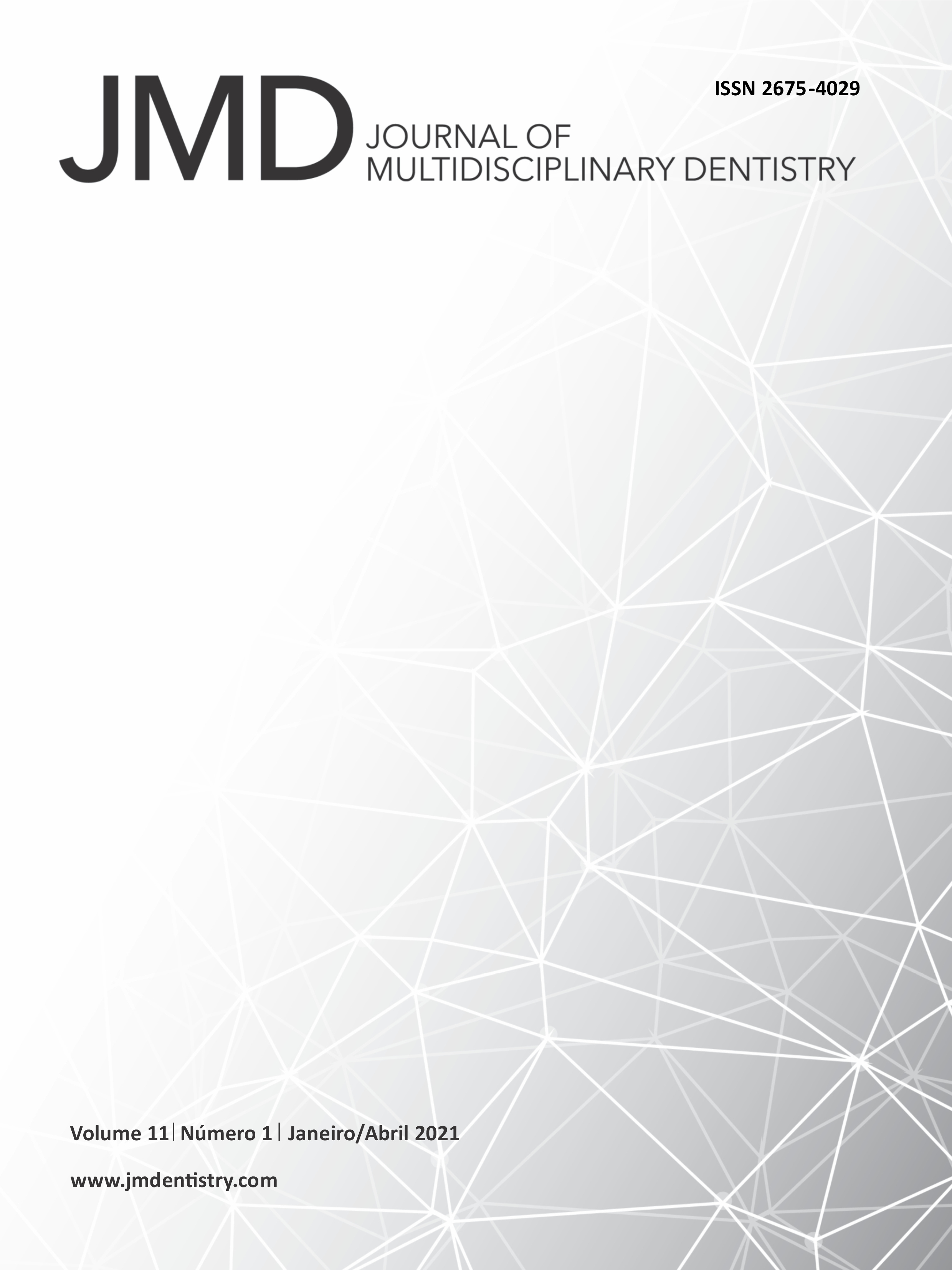Sodium hypoclorite and chlorexidine as irrigating solutions for radicular conduits during endodontic treatment
DOI:
https://doi.org/10.46875/jmd.v11i1.644Keywords:
Endodontics, Sodium hypochlorite, ChlorhexidineAbstract
To compare the utility, the ideal characteristics of the irrigating solutions and the antimicrobial properties as well as the isolated effectiveness of Sodium Hypochlorite (NaOcl) and Chlorhexidine (CHX). The use of an irrigating solution for endodontic treatment is essential. A good irrigation solution must be biocompatible and have: low surface tension, antimicrobial action, neutralizing action, lubricating action, solvent action on organic matter, lightening action and which does not promote color change, absence of cytotoxic effects on periradicular tissues, easy handling and easy removal. Based on a literature review, it is considered that: there is no solution that meets all the necessary requirements; sodium hypochlorite is still the most used irrigating substance in mechanical chemical preparation, in different concentrations; chlorhexidine shows to be a substance with good properties to be used in endodontics; the use of irrigating solutions in endodontic therapy must be evaluated for each particular case, as well as the association of other substances with these irrigants, in order to enhance their effect.


